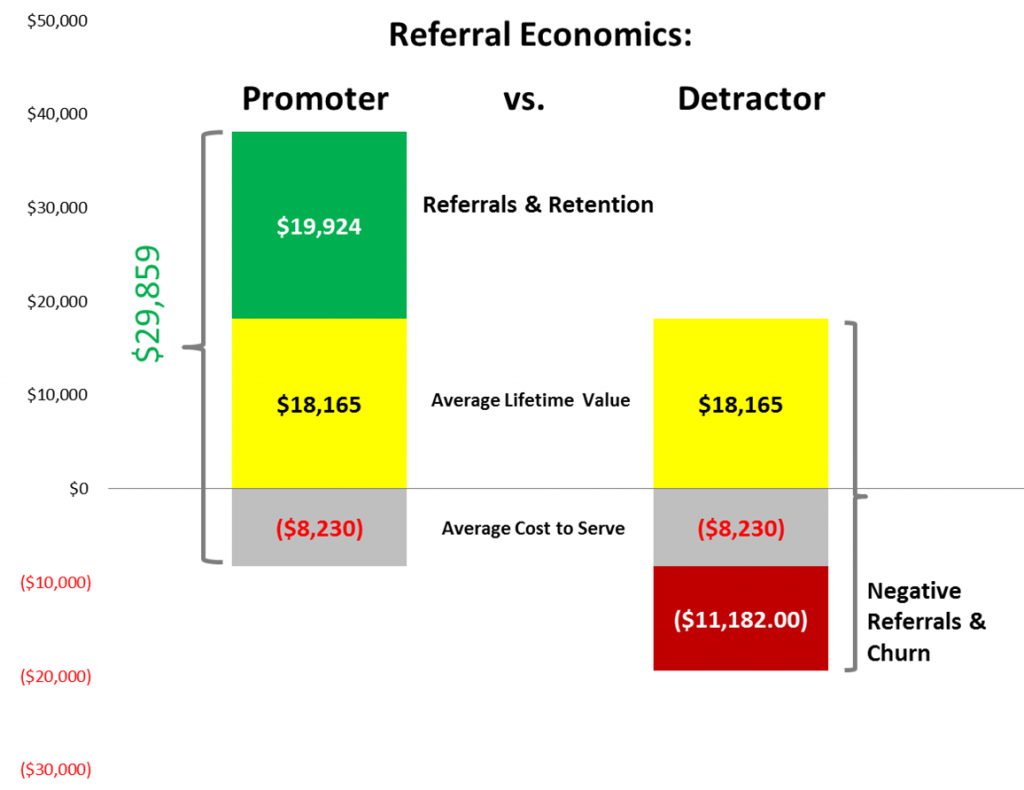Search Waypoint Resources
Top 5 Reasons Why Identifying Advocates Needs a Formal Strategy
An email floated into my inbox the other day from a company with a request for votes to win an award in their industry. Why they thought I would be a good candidate for this, I am not entirely sure; as of late, our interactions have been limited and not exactly positive. It got me thinking how asking your customers to do you a favor can really backfire and feed disloyalty.
So how do you know which customers to ask when you need a referral, testimonial, or other favor, like soliciting votes for an award?
Test: With the help of our friends at Influitive, the advocate marketing experts, we conducted a quick poll to find out how their customers, who are primarily B2B marketers, currently identify brand advocates. In VIP, Influitive’s own advocate marketing program, marketers were asked to choose from the following options: Net Promoter System (NPS), Customer Loyalty Index (CLI), Other, or any combination of these. If they selected “Other”, they had to specify how exactly they identify advocates.
Results: The majority of responders use “Other” methods to identify customers they feel will be the most valuable in obtaining positive word-of-mouth. While NPS is still popular (and sometimes coupled with “other” methods), the Customer Loyalty Index (CLI) is also being used. “Other” is the clear winner here, however.
So what does “Other” mean exactly? We collected verbatims for each answer and received a mix of the following (in order of frequency):
- Hand-selected by Staff, Sales, Customer Success teams
- Positive social media posts
- Attendance at tradeshows, events
- Activity in online forums
- Recommendations from other advocates
- Invite all primary contacts
While most of these responses indicate that forethought went into deciding who “made the list” or not, there is still great room for error when enlisting advocates if there is no formal system in place.
5 reasons why companies should establish a method for choosing advocates:
1. How do you know you’re not missing important brand advocates? Sure, account teams feel like they have a pulse on each customer, but in B2B, there are many people involved. Stop assuming how each individual person feels and start knowing exactly who your biggest advocates are and which accounts they influence. Discuss their success and account sentiment via trackable conversations and digital surveys that ask the right questions.
2. You could invite all your customers, but what if you accidentally invite Detractors? Just like my opening example, no one likes to be asked to do a favor by someone they don’t like. Timing is everything.
3. If you’re only focusing on engaging Promoters, what happens to the rest of your customers? If you invite all your customers and land a percentage as advocates, that doesn’t mean the rest are Detractors. Some non-responders will be too lazy to join or speak up, Passives will be on the fence and give you no information, and Detractors could burn you. We’ve seen in our research that A) Detractors can do more damage than Promoters and B) for every positive referral you earn, that revenue could be cancelled out by a negative referral. (See our Behavior Economics graph below).
4. Just like the expression, “Don’t wear out your welcome,” you don’t want to over-use your advocates. If you work in a small company or have just begun trying to promote positive referrals with happy customers, you could easily become a nuisance. Software like Influitive’s AdvocateHub circumvents this by allowing advocates to raise their hands and complete your asks voluntarily. If you don’t already have a formal advocate marketing strategy and software like AdvocateHub in place, you could be overworking your best customers.
5. Contacts come and go. Turnover happens and updating Salesforce can often be an Achilles’ heel for businesses. There will always be new people in an account so having a formal system for customer engagement and surveying for customer success, these contacts will be updated more regularly.
Advocate marketing and customer success go hand in hand and I applaud Influitive and their customers for their proactive approach! Now that we’ve seen momentum in both industries, lets adopt a strategic account-based approach to managing and identifying the best advocates.
Here is a real client example of the impact Detractors can have on your revenue.
Economics of Behavior:

Bottom line: Detractors cannot be ignored. Even though Promoters will help you grow, your hard work could be undone via negative word-of-mouth.
To learn more about how you can identify advocates with account-based management and analytics, check out this blog post!